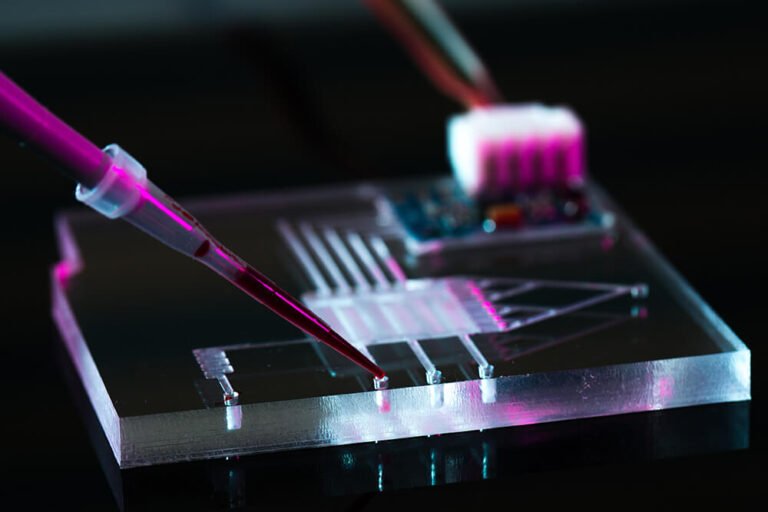IBM’s Nanochips: 2nm Process That Changes Computing Forever
🧠 IBM’s Nanochips: 2nm Process That Changes Computing Forever As computing needs grow faster, smaller, and more energy-efficient, IBM’s Nanochip has emerged as a game-changer in the world of semiconductors. With its 2nm process node, IBM has engineered one of the most advanced chips ever created—designed not only for the smartphones and data centers of…










